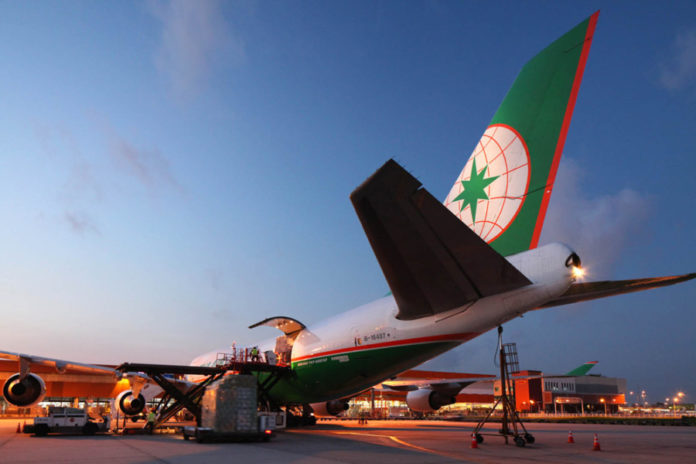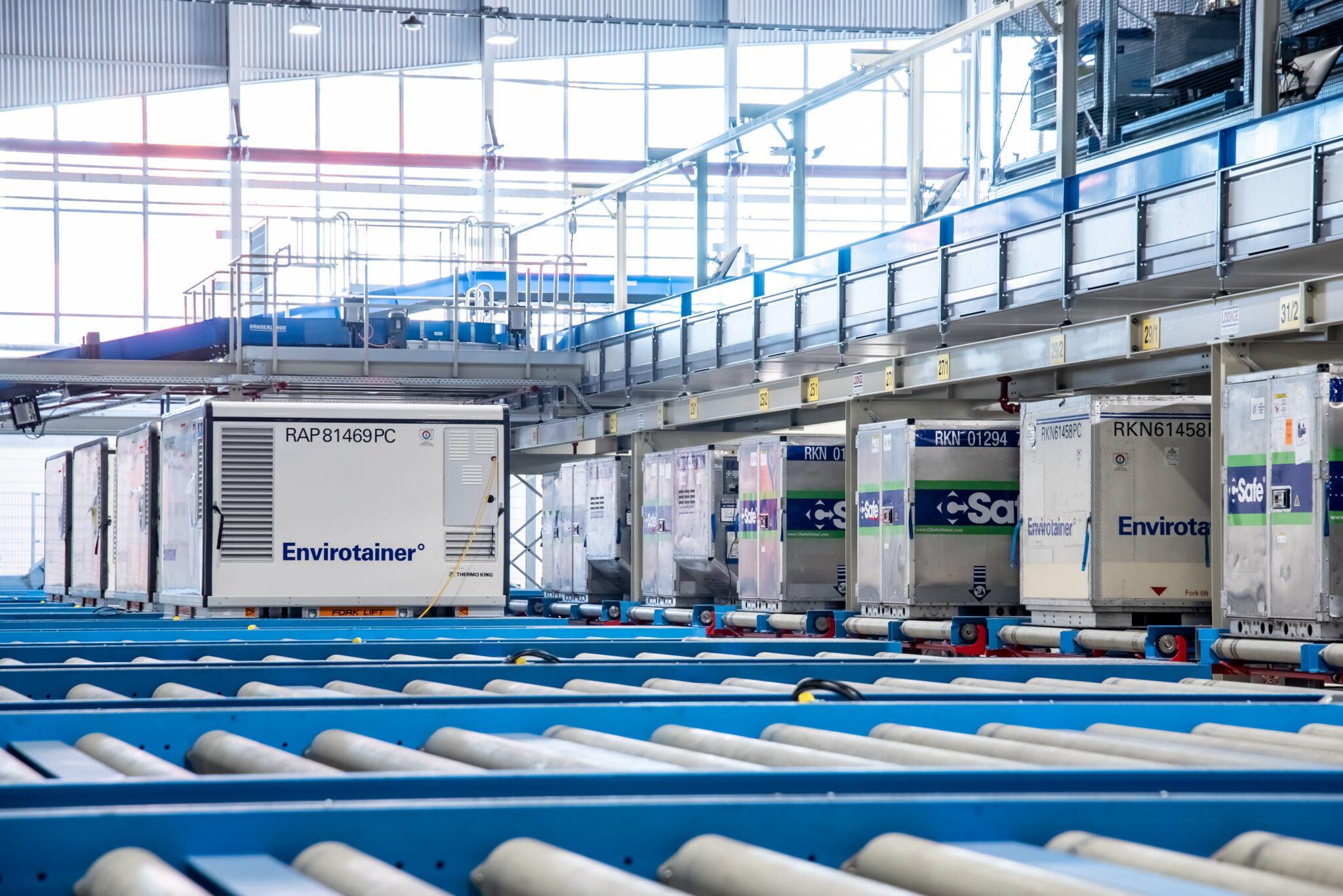

E-commerce is a common thread amongst those involved in the transpacific trade and rightfully so with one of the world’s largest consumer markets showing seemingly insatiable demand for e-commerce products out of China.
“The e-commerce business on this lane is becoming increasingly significant and we are just scratching the surface of its true potential,” says DFW Airport VP airline relations, Milton De La Paz.
“Cross border e-commerce trade from China in particular has started to make an impact on our cargo volumes, and we are seeing more interest in DFW as a logistics hub for e-commerce shipments.
“Domestically e-commerce has grown significantly at DFW and with the airport’s infrastructure, operational capacity and room for further expansion we have demonstrated the ability to efficiently absorb this increase in volume. This growth in e-commerce along with available space to accommodate further expansion in cargo facilities and capacity has generated much interest in DFW for future cross-border e-commerce business on Trans-Pacific trade lanes,” De La Paz says.
In Asia, Hactl has been on-point for a number of years with its Hong Kong Air Cargo Industry Services Limited (Hacis) subsidiary tapping this segment by moving cargo from the Pearl River Delta region of China to Hong Kong for screening and uplift.


“Hacis has been further impacted by its proactive and successful efforts to promote Hong Kong as a fast and cost-effective gateway between Asia and the world for e-commerce traffic – both in bulk, and in individual packages. This has benefited Hactl’s airline customers,” Lau says.
One challenge related to e-commerce, however, as Lau highlights, is the fact that traffic is booming, but declarations of individual small package contents are often imprecise.
“This could be seen as a concern to aviation security,” she notes adding that Hactl does its best to educate forwarders and their customers about current regulations and what steps they need to take, “but the industry as a whole needs to take this subject far more seriously, before inaction results in the authorities imposing stricter regulations,” she adds.
Another interesting development according to Lau, is the fact that it is increasingly common for airlines to arrange charter flights to satisfy short-term demand, and to cooperate via code-share arrangements to share capacity.
Both measures can reduce overall costs and enable carriers to cope better with fluctuating demand, she adds. Perishables has been another big growth area, impacting both sides of the Pacific, with Japan/Korea and North America perishables tonnages enjoying outstanding growth of 39 and 57 per cent so far in 2018 compared with 2017, Lau says.
Japan/Korea, North/South America and South West Pacific account for around 40 per cent of total perishables tonnage. The local market demand for high quality fruit and seafood is helping to boost imports from these regions,” she says.
DFW concurs saying they are seeing increased demand from key Asian markets, most notably Japan, South Korea and China in perishables from Mexico and South America.
“Our strategy of connecting transit freight flows between these two regions has started to gain traction since the opening of a new cold chain facility at DFW Airport operated by dnata,” De La Paz says.
This growing connection between Latin America and Asia is leading Mexican and Latin American producers and shippers to grow their customer base throughout Asia as demand for perishables continues to rise.
“From Mexico and other key exporting countries in South America such as Chile, Argentina and Peru, shipping transit freight bound for Asia via DFW has resulted in lower transit times, increased product shelf life and freshness, and overall lower total landed cost,” De La Paz adds.
And of course no discussion of the transpacific could be considered ‘done-and-dusted’ without a nod to the elephant in the room. That being of course, the tit-for-tat trade tariffs being tossed around by the US and China and with them, the threat of a full-blown trade war.
And while Anderson notes that under normal circumstances, Delta Cargo would expect good growth in 2018 following the 2017 trend, and reaching a similar peak to that of 2017, the threat of a trade war cannot be ignored.
For Hactl, this is perhaps the biggest looming challenge on this trade route, alongside what Lau describes as the US’ apparent decreasing interest in international trade treaties with other countries, as evidenced by its withdrawal from the Trans-Pacific Partnership (TPP).
“However, there has been no obvious impact as yet, as both US and China seem to want to take a soft-line approach to resolve their issues; for the time being, therefore, it’s ‘business as usual’,” Lau says.
“We cannot ignore the possible repercussions of attempts to limit imports to the USA from China. If this becomes a reality, we would expect trade to switch to other routes, but this will take time.
“Other markets such as Korea and Japan will continue to grow for their own reasons, but China is still an important source of air cargo, and is still a major factor in Transpacific air cargo,” he says.
At least for now, the elephant is sleeping.












